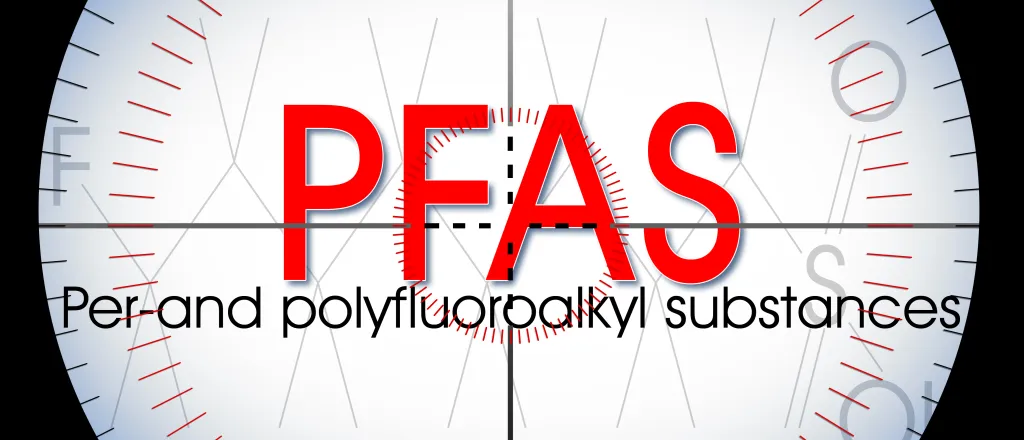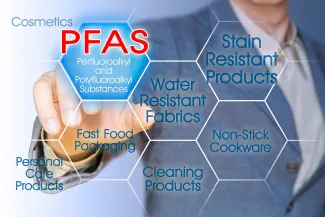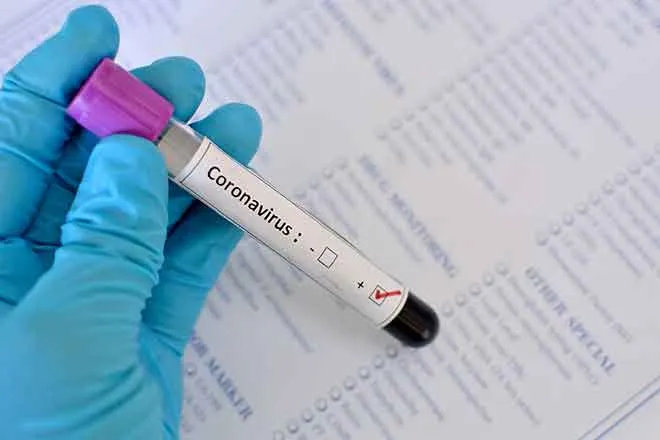
Study finds high levels of PFAS chemicals in many pesticides
© Francesco Scatena - iStock-1490544274
Click play to listen to this article.
(Connecticut News Service) A class of potentially toxic chemicals known as PFAS can be found in many common pesticides that, in Connecticut, are as close as your local retail store.
Also called "neonics" or "forever chemicals," PFAS chemicals raise concerns in Connecticut and around the globe because of adverse impacts on human health, wildlife and the ecosystem. Groups in the United States are asking the Environmental Protection Agency for tougher regulations on pesticides and other toxic substances.

© iStock - Francesco Scatena - 1488767462
Nathan Donley, environmental health science director for the Center for Biological Diversity, said most pesticides are too easy to obtain and use.
"These are just regular products that you would buy in your local hardware store," he said. "They're also products that you could use in agriculture, that many farmers use. These ingredients are in a lot of different products that many people can buy."
The Connecticut General Assembly is considering a bill that would limit the use of "neonic" products on trees and shrubs except in environmental emergencies. Nationally, a coalition of chemical trade groups recentlychallenged the EPA's Safe Water Drinking Act, calling it "arbitrary and capricious" and an overreach.
Donley said the exposure pathways for PFAS are very similar between people and wildlife, pointing out that animals are drinking from water sources where the exposure is greatest. He said institutions such as the EPA are in place to make sure that shortsighted actions by a few don't have long-term consequences for everyone.
"This really isn't the failing of individuals, it's the failing of our institutions," he said. "And we need to put pressure on representatives that have been elected to really put in place the protections that most of the public thinks should be in place."
Donley called PFAS a multi-generational threat, saying the true harm may not be realized in current lifetimes, but in future generations. He said environmental groups have been fighting the use of persistent pollutants for a half-century, but the nation is still dealing with many of them.
















